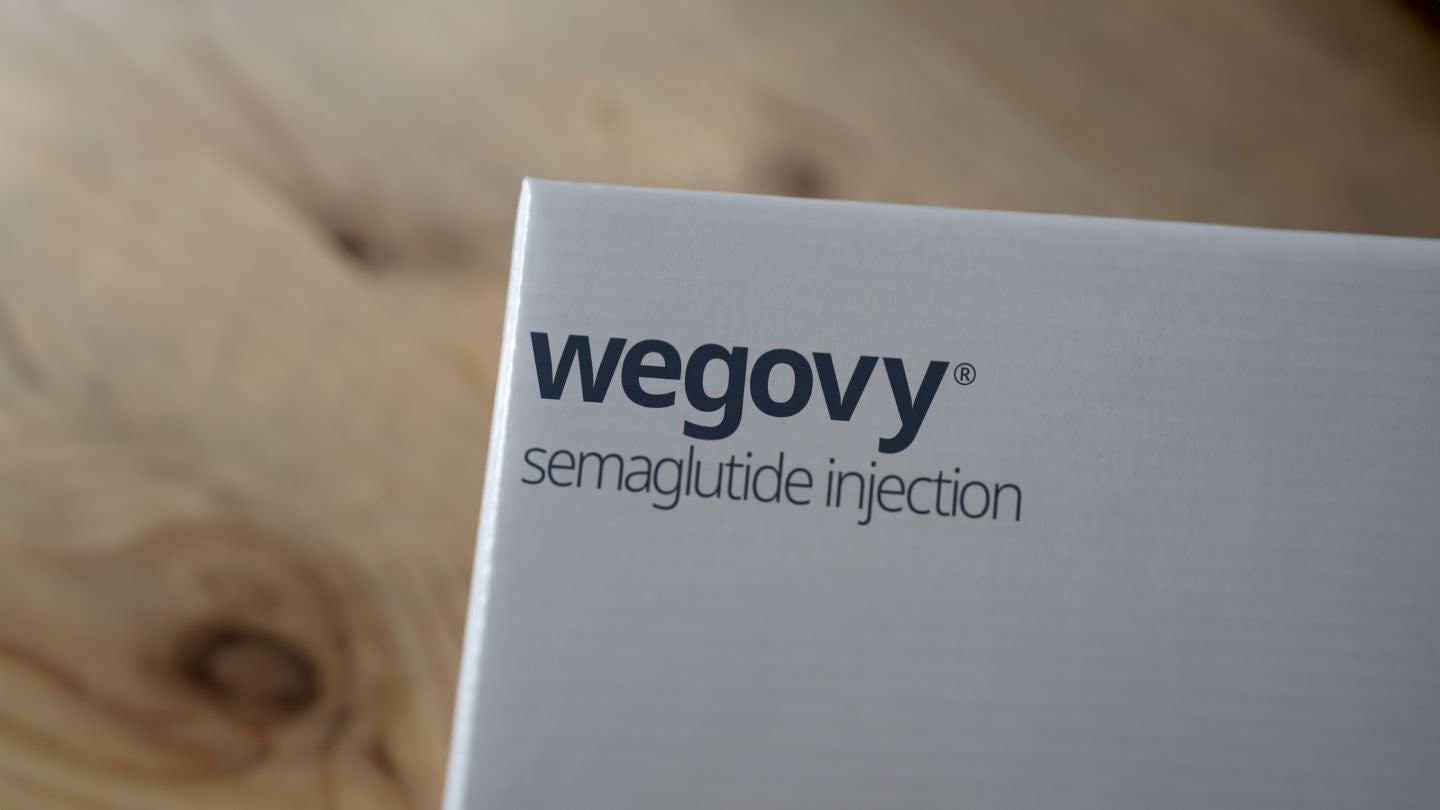Public interest in thyroid hormone receptor beta (THR-β) agonists in development for non-alcoholic steatohepatitis (NASH) has soared in recent months. In December 2022, Madrigal released impressive Phase III results for its THR-β agonist, resmetirom, paving the way for it to potentially become the first-ever approved asset for NASH. Not long after, Viking followed with strong Phase IIb results for VK2809 in May, further consolidating momentum behind this mechanism of action. The results indicated that VK2809 could improve on resmetirom’s safety and efficacy profile, opening the possibility of it becoming a leading second-generation THR-β agonist for NASH treatment.
Just this month, Terns Pharma released results from the Phase IIa DUET trial of its own THR-β agonist TERN-501. Its results reflected the general strength of the drug class while underperforming its two main in-class competitors, raising questions regarding the asset’s potential to improve on resmetirom’s success. Last month, Aligos announced the study design of its Phase II trial of ALG-055009; it remains to be seen whether it too will be a viable THR-β contender.
The rise of the THR-β agonists is further compounded by the increasing likelihood that their previous main rivals, the farnesoid X receptor (FXR) agonists, may be out of the NASH race. With the demise of the leading FXR agonist in NASH, Intercept’s obeticholic acid, it appears likely that this drug class does not have a future in this indication. This was reflected in Terns’s decision to eschew a combination therapy of TERN-501 with its own FXR agonist, TERN-101, following underwhelming results over TERN-501 monotherapy.
However, questions have also arisen regarding THR-β agonists’ ability to compete with GLP-1 agonists and FGF21 agonists, two other rising drug classes in NASH.
Novo Nordisk’s semaglutide has made a major mark in the obesity and type 2 diabetes mellitus (T2DM) therapy areas, alongside other GLP-1 assets. Semaglutide’s rapid adoption, coupled with the frequency of obesity and T2DM as NASH comorbidities, has led to an expectation that GLP-1 agonists will have a substantial presence in NASH, regardless of whether they are approved for this indication.
See Also:
Recently, the Institute for Clinical and Economic Review, which provides pricing and coverage guidelines to payers in the US, suggested in its policy recommendations that US payers should consider covering GLP-1 agonists as a step therapy prior to offering NASH-specific drugs. This would naturally limit the market share for THR-β agonist therapies in the US, particularly for less severe cases of NASH.
How well do you really know your competitors?
Access the most comprehensive Company Profiles on the market, powered by GlobalData. Save hours of research. Gain competitive edge.

Thank you!
Your download email will arrive shortly
Not ready to buy yet? Download a free sample
We are confident about the unique quality of our Company Profiles. However, we want you to make the most beneficial decision for your business, so we offer a free sample that you can download by submitting the below form
By GlobalDataNevertheless, GLP-1 agonists have one major disadvantage when compared to THR-β agonists—they do not tackle liver fibrosis, a key consequence of NASH that is typically used as a secondary outcome measure in Phase III trials. However, this could be set to change, with Hanmi recently claiming that its GLP-1 agonist, efinopegdutide, which was out-licensed to Merck, has a direct anti-fibrotic effect. Nevertheless, Phase IIb results for efinopegdutide have yet to be released, and Phase IIa results came under substantial criticism for comparing its efficacy to a non-typical dose of semaglutide.
At the EASL Congress in June, Madrigal presented results showing resmetirom’s performance alongside GLP-1 therapy. This may reflect the future of GLP-1 agonists as complementary to THR-β agonists, rather than representing serious competition to them. Terns noted in a recent webinar that it was even exploring a prospective combination therapy involving TERN-501 and a GLP-1 agonist, while Viking has a GLP-1 agonist in development as well.
The distinction between THR-β agonists and FGF21 agonists is even more evident. The FGF21 agonists in development for NASH, which include Akero’s efruxifermin, 89bio’s pegozafermin, and Boston Pharmaceuticals’s BOS-580, require subcutaneous administration, undermining their prospects as direct competitors to the orally administered THR-β agonists.
Moreover, both FGF21 agonists and GLP-1 agonists appear to share the gastrointestinal side effects of THR-β agonists, making it difficult for these assets to compete with THR-β agonists on safety grounds alone.
In all, the THR-β agonists appear well-placed to stave off competition from their rivals. No other drug class in the NASH space boasts all three of the following benefits: a positive safety profile, easy administration, and strong efficacy in tackling fibrotic NASH. FXR agonists are now largely out of the picture, with GLP-1 agonists likely playing second fiddle, while FGF21 agonists may be reserved for the most severe and non-responsive cases. As more and more THR-β assets get closer to commercialisation, Big Pharma’s interest in this drug class is only likely to grow. Expect to see major licensing deals and strategic acquisitions over the coming years.
By Jay Patel, Pharma analyst, GlobalData.










Related Company Profiles
Merck & Co Inc
Novo Nordisk AS